Red-letter days and public holidays
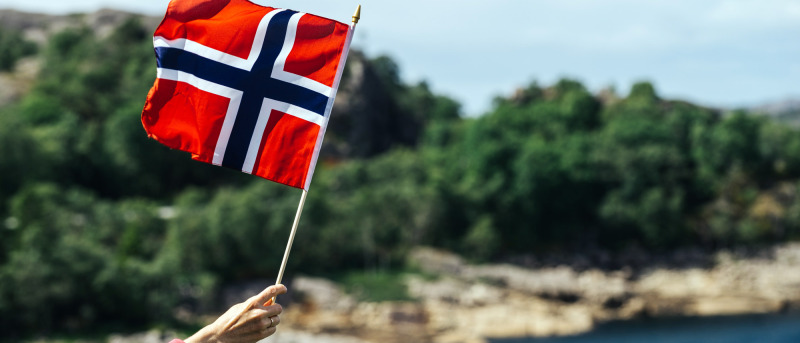
Red-letter days and public holidays
New Year's Day

The first day of the year is 1 January. We call it New Year’s Day. Shops and schools are closed and most people have the day off work.
Sami National Day
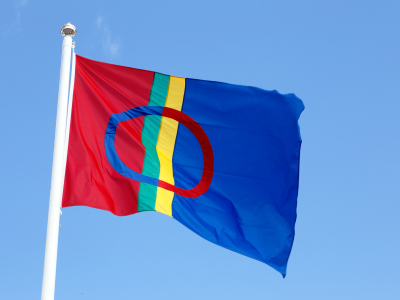
On 6 February, Sami in Finland, Norway, Russia and Sweden celebrate Sami National Day. It is an official flag-flying day, but not a public holiday.
Women's Day
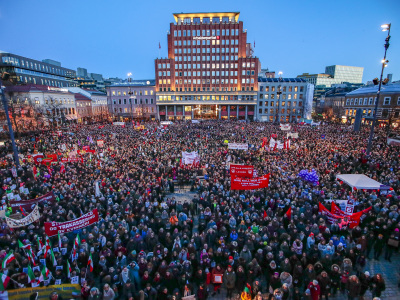
International Women's Day is celebrated on 8 March. It was celebrated for the first time in 1915. In the 1970s, many people became involved in the fight for equality and women’s rights, and International Women’s Day has been celebrated every year in Norway since 1972. Some people march in the streets on 8 March, and speeches and addresses are made. 8 March is not a public holiday.
Easter
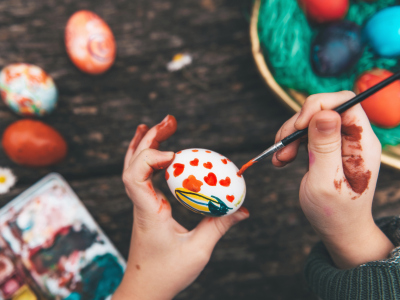
Easter is in either March or April. The exact dates vary from year to year. Easter is a Christian festival celebrated to commemorate Jesus’ death and resurrection. For many people living in Norway, Easter is not primarily about religion, but about having a few days off after a long winter.
Maundy Thursday, Good Friday and Easter Sunday and Easter Monday are public holidays. The shops are closed, and most people do not work on these days. Schoolchildren have all of Easter off school, and many employees take extra holidays in addition to the public holidays.
Ascension Day and Whit
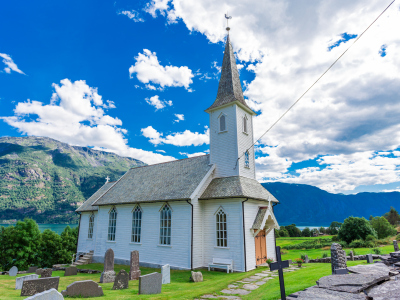
Ascension Day and Whit are two other Christian festivals. Ascension Day is on a Thursday 40 days after Easter, and Whit is celebrated ten days later. Ascension Day and Whit Monday are public holidays for many, and the shops are closed.
Labour Day
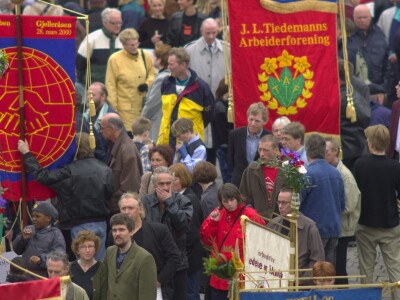
International Labour Day is celebrated on 1 May. Many people march in the streets in support of political causes they feel strongly about. Labour Day is a public holiday and the shops are closed.
Constitution Day

Norway's national day is 17 May. It celebrates the signing of the Norwegian constitution on 17 May 1814. Constitution Day is first and foremost a day for children. Nearly all kindergarten and school children dress up and take part in parades where they wave the Norwegian flag and sing. Marching bands in colourful uniforms lead the parades. Many children play in such marching bands.
Children are often allowed to eat as many ice lollies and hot dogs as they want. Children in Norway really look forward to 17 May. It is a public holiday and the shops are closed.
Christmas
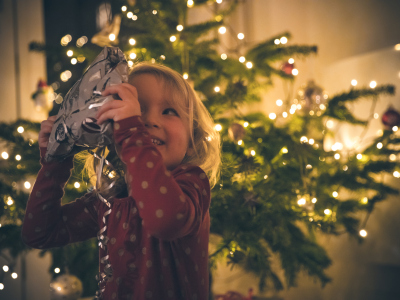
In December, most people in Norway celebrate Christmas. Christmas is a Christian festival marking the birth of Jesus Christ. Christmas and the Christmas celebrations are an important tradition for most people. It is primarily a family celebration.
We call 24 December Christmas Eve. On Christmas Eve, it is common to eat a traditional Christmas dinner together with one's family. Different parts of the country have different traditions. Most people have their own traditions that they feel it is important to keep up. It is common to give each other presents on Christmas Eve – Christmas presents.
Christmas Day and Boxing Day are public holidays. The shops are closed, and most people do not work on these days. Schoolchildren have all of Christmas off school, and many employees take extra holidays in addition to the public holidays.
New Year's Eve

The last day of the year is 31 December. This day is called New Year’s Eve, and many people celebrate it with family and friends. At midnight, rockets and fireworks light up the dark night sky. New Year's Eve is not a public holiday.
Traditions and memorable days that do not follow the calendar: birthdays, weddings, christenings, confirmations and funerals.
Talk together

- Which red-letter days do you already know of? How are you used to these days being celebrated?
- Why do people celebrate different red-letter days?
- Which red-letter days are important to you? How will the way you celebrate these days change now that you live in Norway?
- Do you think the typical Norwegian red-letter days could become important to you after a while?
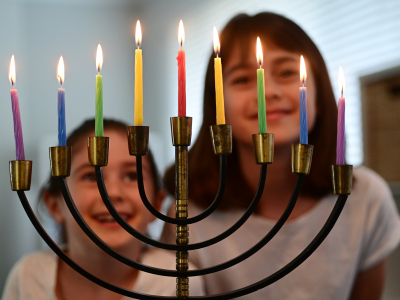
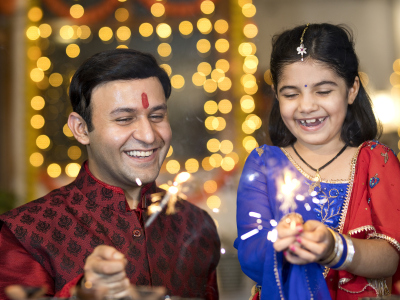
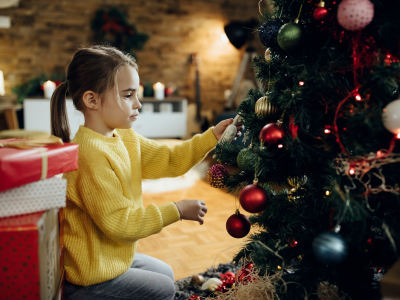

Select the right answer
What days are not public holidays?
Select the right answer
When is Norway's national day?
Select the right answer
What do we call the last day of the year?
Select right or wrong
Read the statements. What is right? What is wrong?
Select right or wrong
Read the statements. What is right? What is wrong?
Select the right image
Which of the red-letter days are public holidays in Norway?
